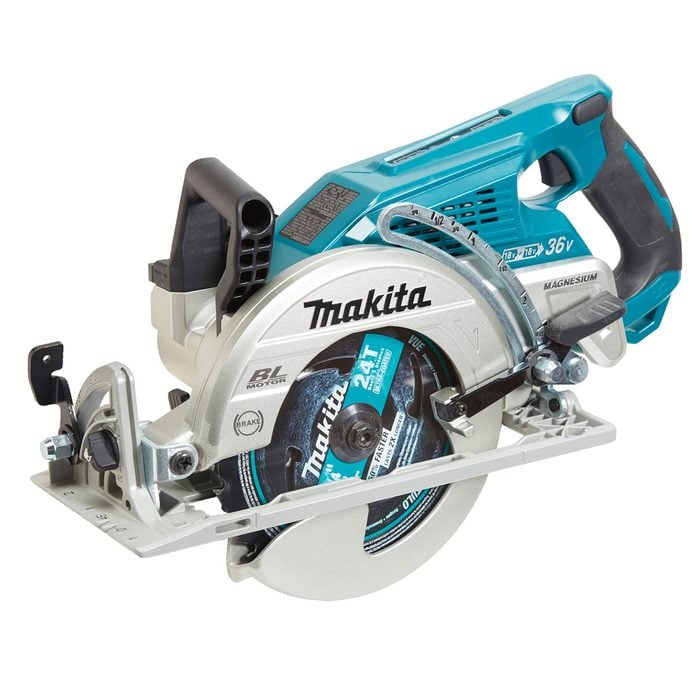
The bottom line on performance
While there’s still a performance gap between corded and cordless saws, most cordless models now have the cutting power to handle just about any job. We even found one (Makita’s XSR01) whose power rivals that of a corded saw.
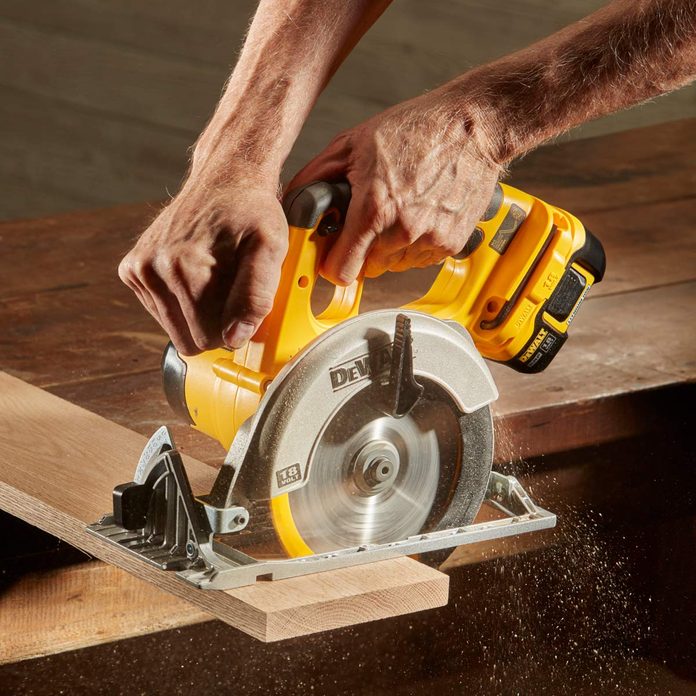
Is cordless right for you?
If you’re in the market for your first circular saw, we think a corded saw is still the best choice. But if you’re an active DIYer or pro, adding the convenience of a cordless model makes sense.
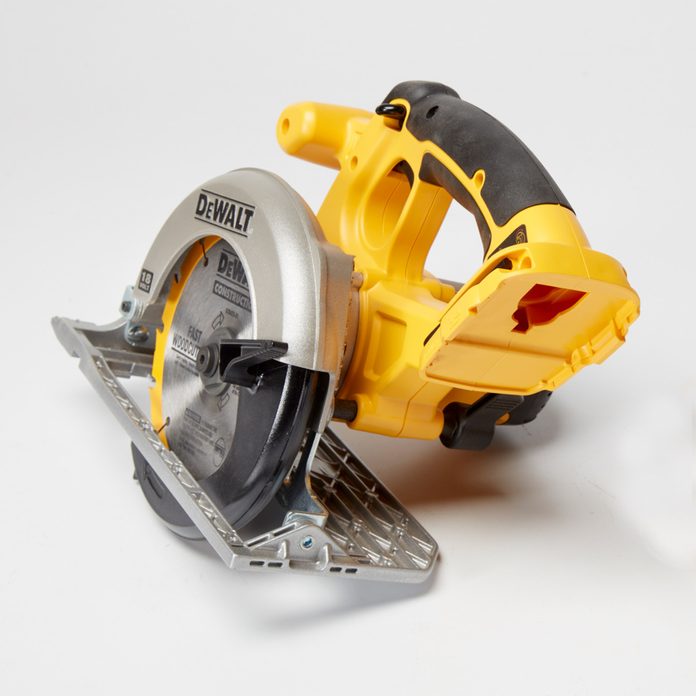
Bare tool or kit?
Saws sold as “bare tools” don’t come with a battery or charger. If you already have a cordless tool, you may find a bare saw that uses the same battery. That cost savings alone might determine which brand you should buy. Some brands offer more than one model that can take the same battery, so look at all the features before you decide which saw to buy.
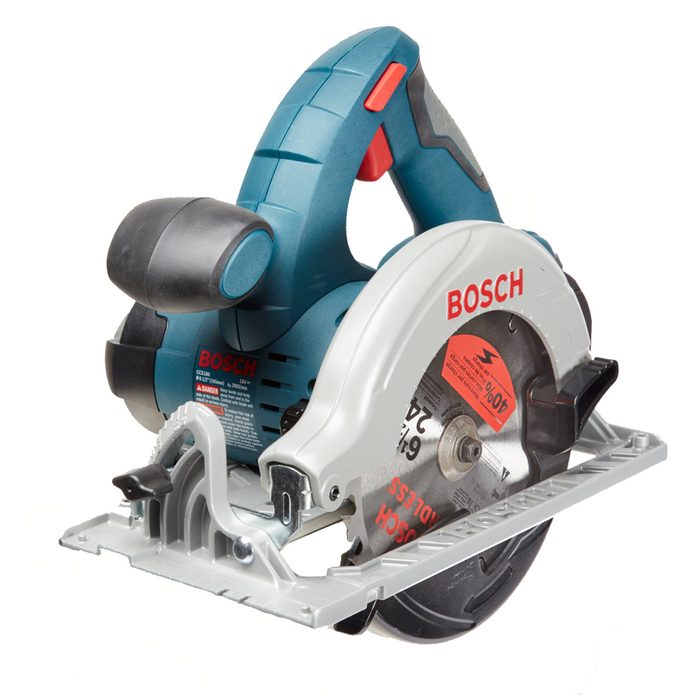
Note the blade side
Left or right? The blade on most corded saws is on the right as you push the saw forward; on many cordless saws, it’s on the left. Either way is OK with us on a cordless saw—you just adapt. In any case, many are so lightweight that you can drive them with either hand.
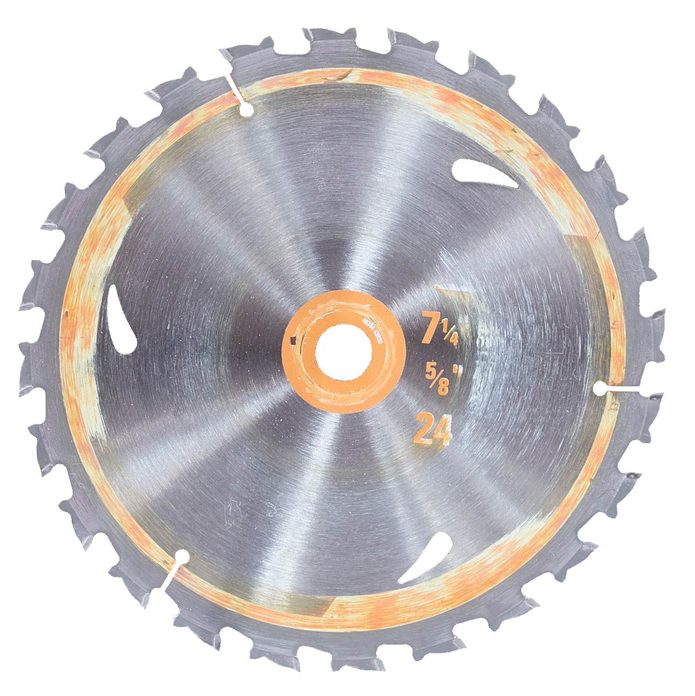
Can you find the blades?
Home centers and hardware stores stock a selection of 7-1/4-in. blades, but not so many 6-1/2-in. blades—in fact, they might not have any at all. Smaller blades are even harder to find in stores.
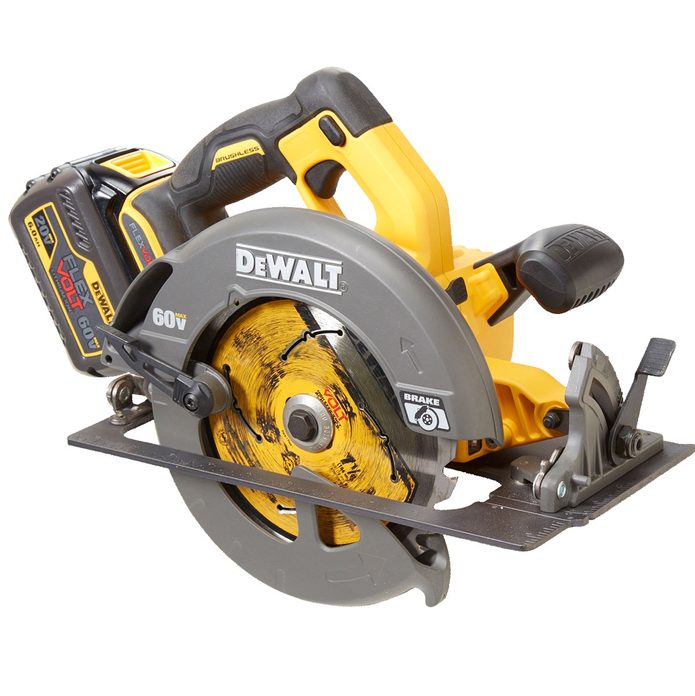
Brushless motors are better
More and more tools are labeled “brushless motor.” And that designation isn’t just marketing hype. With brushless motors, we saw noticeably more power and run-time. Besides using battery power more efficiently, brushless motors last longer and weigh less than standard motors.
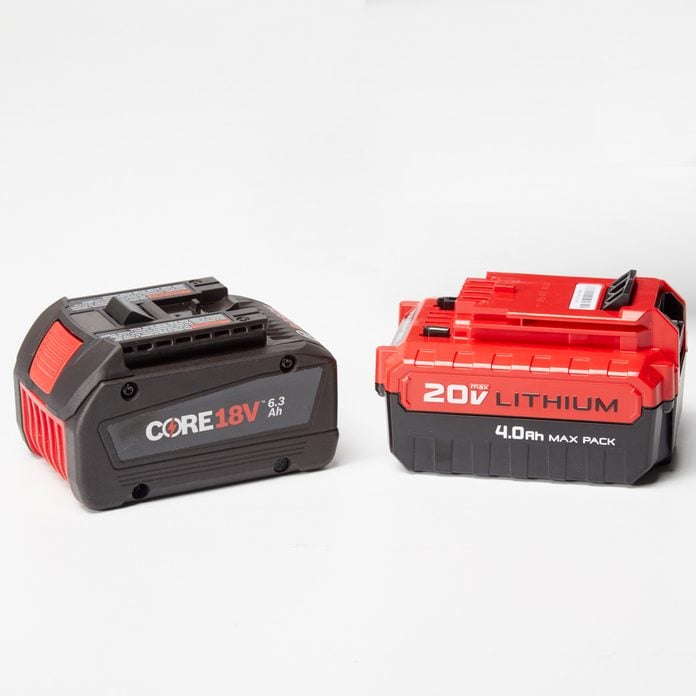
20V = 18V
Some saws carry a 20-volt label, which might lead you to believe that they’re more powerful than 18-volt saws. They’re not. The 20-volt rating is for their “initial battery voltage,” measured without a workload. Their actual rating is 18 volts.
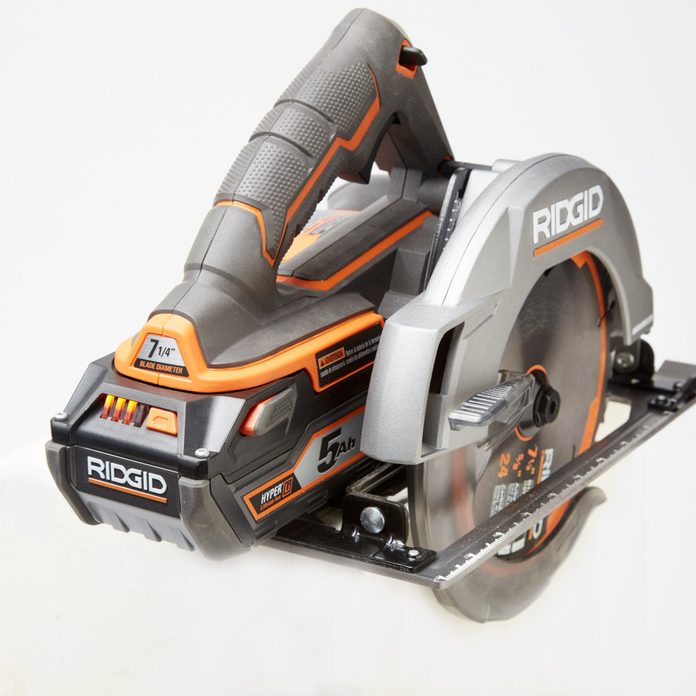
A fuel gauge prevents regrets
A battery level indicator tells you how much “fuel” is left in the tank—so you won’t discover your battery is dead after you’ve climbed up on the roof.
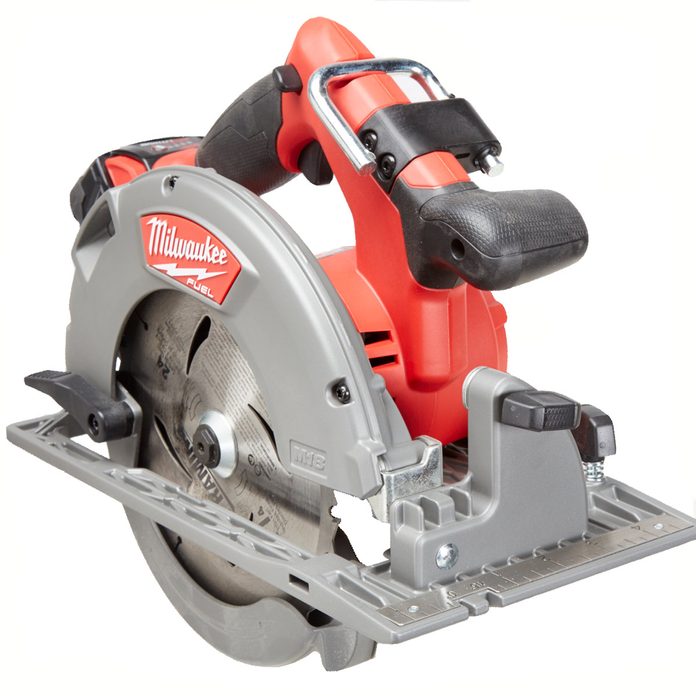
Rpm matters
The saws we tested carry rpm ratings ranging from 3,500 to 5,800. By comparison, corded saws range from 5,200 to 6,200 rpm. Not surprisingly, we found that a higher rpm means faster cutting.
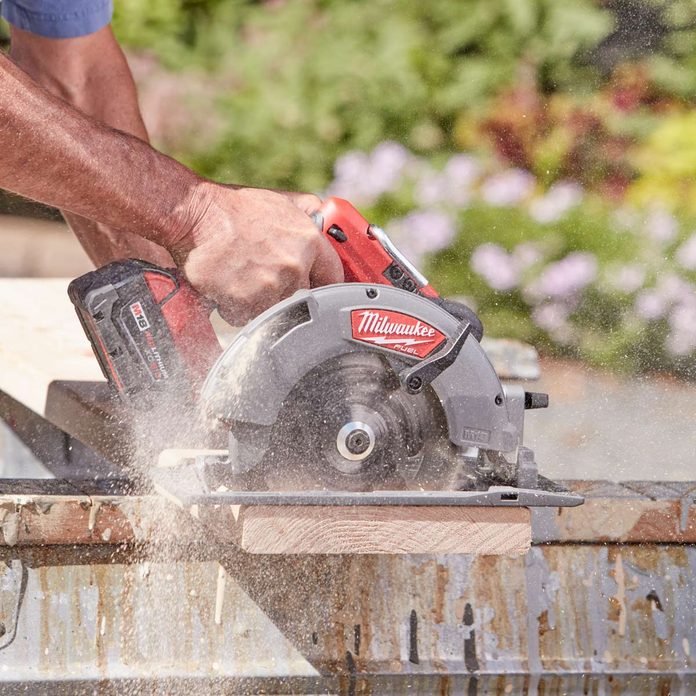
Voltage means power
The voltage rating is a good indication of cutting power; a 20-volt saw will have more guts than a 12-volt saw. But voltage isn’t a perfect indicator. The difference between two saws with the same voltage is sometimes noticeable.
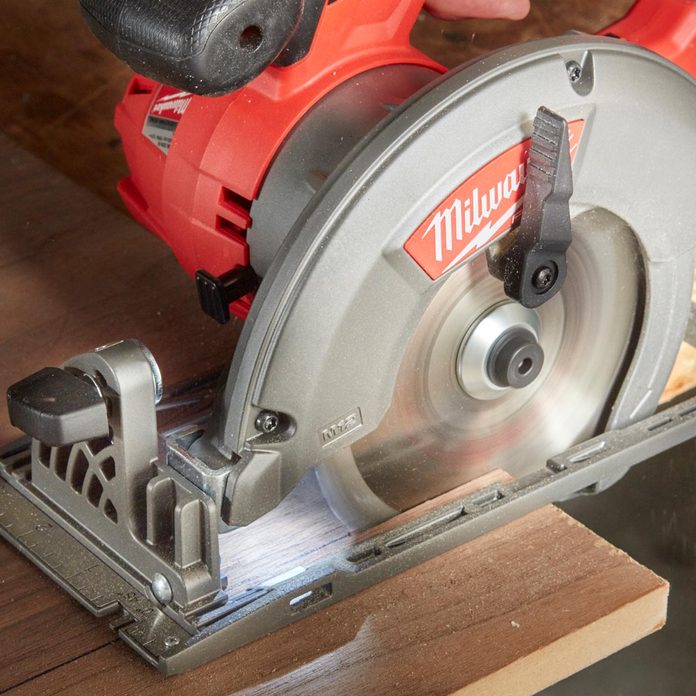
Work lights are handy
We thought it was a gimmick but soon came to love “headlights” on saws. They make it easier to follow the cutting line in lowlight conditions.

How deep are you cutting?
For safety and best performance, manufacturers recommend that the blade should cut 1/4 in. deeper than the material. We’re used to setting depth-of-cut by eye, but we also like saws that have an easy-to-read depth scale. Setting them is a cinch.

Run-time is tricky
Run-time, which is how long a tool can run before the battery dies, is almost impossible to determine under real-world conditions. It depends on how hard the saw is working. That said, there are two battery ratings that can help: amp-hours and watt-hours. Basically, they tell you how much power a battery can store. Note: We used batteries with the highest ratings available. They’re larger, heavier and more expensive than other batteries that fit the same tool.
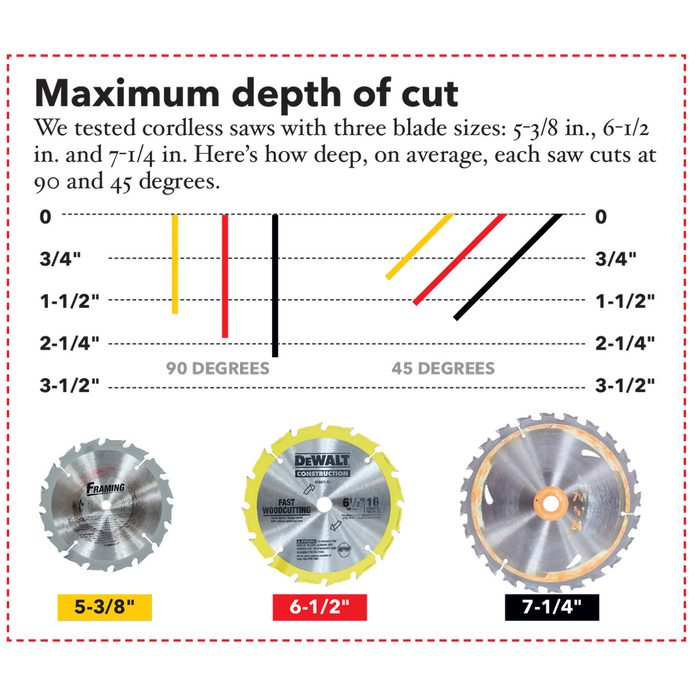
Maximum depth of cut
If you have a second battery and a fast charger, don’t get hung up on run-time. Some “rapid” chargers refill batteries in as little as 15 minutes.